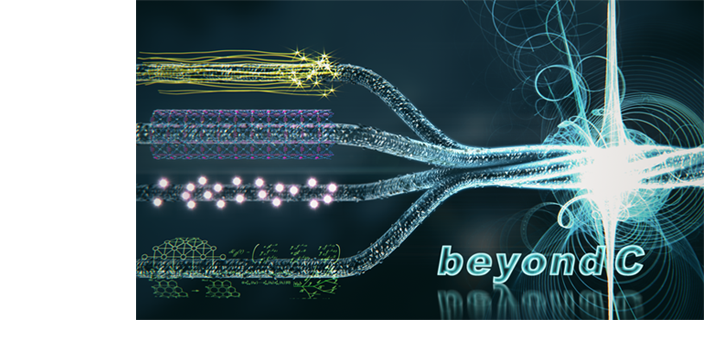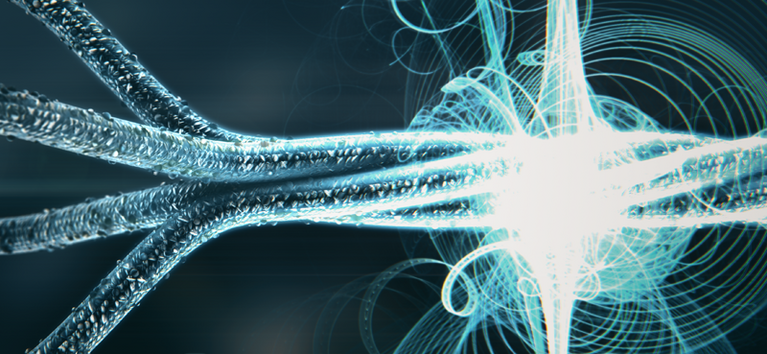SFB BeyondC
SFB BeyondC
After two decades of intensive experimental and theoretical research in quantum science, we have now reached a new era of quantum technologies. Several scenarios have been identified for which quantum information processing outperforms its classical analogue. Moreover, various implementations have demonstrated reliable control and operation of around ten qubits. Despite these efforts and advances, we are still very far away from a full-fledged quantum device mastering several thousand qubits.
On the road towards such a quantum device, theory and experiment need to work together closely in a joint focused effort to tackle the challenges ahead. The main challenge of BeyondC is to identify applications of and methods for quantum information systems beyond classical capabilities. This is the regime of demonstrated quantum superiority – when a quantum device outperforms any classical device for a certain problem class.

Our consortium spans the various areas of quantum information science that are required for this task and will apply its theoretical and experimental expertise towards the sub-goals of
- precise control of up to 30 qubits for quantum computing,
- realization of a quantum simulator using up to 100 qubits,
- operation of quantum-secure data processing for medium-size quantum processors and quantum networks,
- derivation of new resource-efficient algorithms and applications for mediumsize quantum processors,
- realization of hybrid quantum-classical and hybrid quantum-quantum systems,
- verification, validation, certification, and error mitigation for quantum processors,
- and the realization of quantum computing networks and new architectures.
We will build on three implementation platforms, photons, trapped ions, and superconducting quantum circuits and will combine them as needed to transcend the limitations of any individual one. Experiments using photons will focus on the generation and manipulation of highly entangled multipartite states, and their usage in quantum computation and quantum communication. With trapped ions and superconducting qubits we will realize the medium sized quantum computers, and run the quantum protocols, verification tools, and quantum machine learning algorithms developed by the theory groups. These developments will rely on methods drawn from quantum information, quantum optics and condensed matter physics.
Our consortium combines the expertise of seven experimental physics groups led by G. Kirchmair, T. Monz, C. Roos, G. Weihs, T. Northup (University of Innsbruck), J. Fink (IST Austria), P. Walther (University of Vienna) and six theory groups led by H. Briegel, W. Lechner (University of Innsbruck), C. Brukner, B. Dakic (University of Vienna) and R. Küng (JKU Linz). All of us have made ground-breaking contributions to quantum science in the past and we will apply our joint effort towards laying the basis for future quantum technologies. Beyond C will not only foster the collaboration and synergies among the consortium, but also strongly promote the next generation of researchers and enhance public awareness of Austria’s pioneering role in quantum science.
